How to Make a Drone - Quadcopter Motor Selection
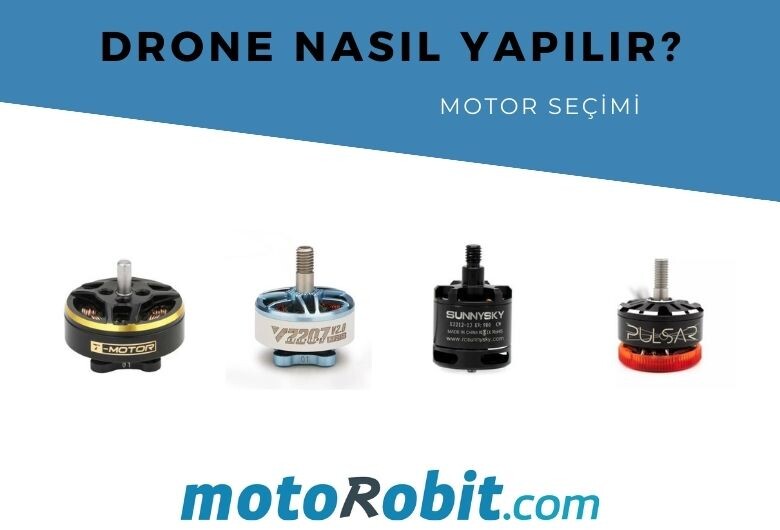
Drone Motor Selection
When selecting motors for your drone, you should first have an idea of the total weight. Calculating the approximate weight of your drone is done by considering all components.
You can start with the drone frame. If you know the size of the frame, you can determine the correct size propeller for your drone. Based on the weight and size of the propeller, we can decide on the total lift thrust and flight speed of the drone.
Thrust-to-Weight Ratio
In all multirotor types, it's important to ensure that the motors used in your drone can produce approximately 50% more thrust than the actual weight of the drone. If the thrust of all motors is less, the drone will not respond well to your control inputs and takeoff. The drone should remain stable and operate well even in light windy conditions. A higher thrust-to-weight ratio will provide more agility and acceleration but will be harder to control.
For example, if your drone's total weight is 1 kg, the total thrust produced at 100% throttle by the motors should be 2kg (500g per motor for a quadcopter). Having more power than required is always good...
For a racing drone, the thrust-to-weight ratio is much higher than for a regular multirotor. The recommended thrust-to-weight ratio for racing drones is 5:1.
If you plan to do slow and steady aerial photography with your drone, you should maintain a thrust-to-weight ratio of 3:1 or 4:1.
KV Values
KV rating is another fundamental parameter of the motor. The KV rating represents the revolutions per minute (rpm) produced by the motor per volt.
For example, if you select a 1000 KV motor and use a 12V lipo battery for power, the total RPM would be 1000 * 12 = 12000.
After mounting the propeller on the motor, the rpm decreases due to air resistance. Higher KV motors spin the propeller faster and can draw more current. Therefore, we tend to see smaller and lighter propellers being used for high KV motors, while larger propellers are used for low KV motors.
Pairing a larger propeller with a high KV motor requires more torque for faster rotation. It will draw more current while producing the required torque and generate a lot of heat. This overheating can also damage your motor.
Motor Size
Generally, brushless motors are classified by a four-digit number. For example, a motor named 2205 represents the first 2 digits as the stator diameter (in mm) and the last 2 digits represent the stator height (in mm). Essentially, the wider and longer the motor, the more torque it can generate.
Longer stator = more torque at higher RPMs
Wider stator = more torque at lower RPMs
Since a longer stator has a larger surface area, it can cut more magnetic field lines and assist in heat dissipation. Motors with wider stators contain more iron and copper in the stator, making the motor more powerful and efficient.
What type of motor size we should use depends on the actual frame size. The dependency is like the frame size limiting the propeller size, and the propeller size and pitch limit the motor size and KV. The table below can give you some ideas about motor size.
| Propeller Size | Stator Diameter | Stator Height | Motor KV | ESC Size |
| 2" | 11 | 03-06 | 4000-8000 | 6-12A |
| 3" | 13-14 | 06-07 | 3000-4000 | 12-20A |
| 4" | 13-22 | 04-07 | 2400-2900 | 20A |
| 5 " | 22-23 | 05-07 | 2200-2800 | 20-35A |
| 6" | 22-23 | 06-08 | 2200-2800 | 30-40A |
| 7" | 30+ | 06+ | 1800-2300 | 30A+ |
What are N and P in the Motor?
Basically, N and P are poles and magnets. If you examine a brushless motor, it has characteristics like 12N14P. The number before N represents the number of electromagnets in the stator, and the number before P represents the number of permanent magnets in the rotor.

Voltage and Current Draw
The voltage of the battery has a significant impact on the motor. A drone motor spins faster with higher voltage and draws more current. You need to ensure how much thrust the motor will generate and how much current it will draw. Based on this current draw of the motor and propeller combination, you can select the ESC.
Motor Movements
If you mount all drone motors in the same direction, it becomes difficult to fly the object because it won't respond to the direction you want it to go. Therefore, to achieve smoother flight characteristics, you need to purchase a pair of motors that rotate in the clockwise and counterclockwise directions.
For example, if you plan to make a quadcopter, you need to install 2 motors in the clockwise direction and the other 2 motors in the counterclockwise direction.

Blog Latest Additions
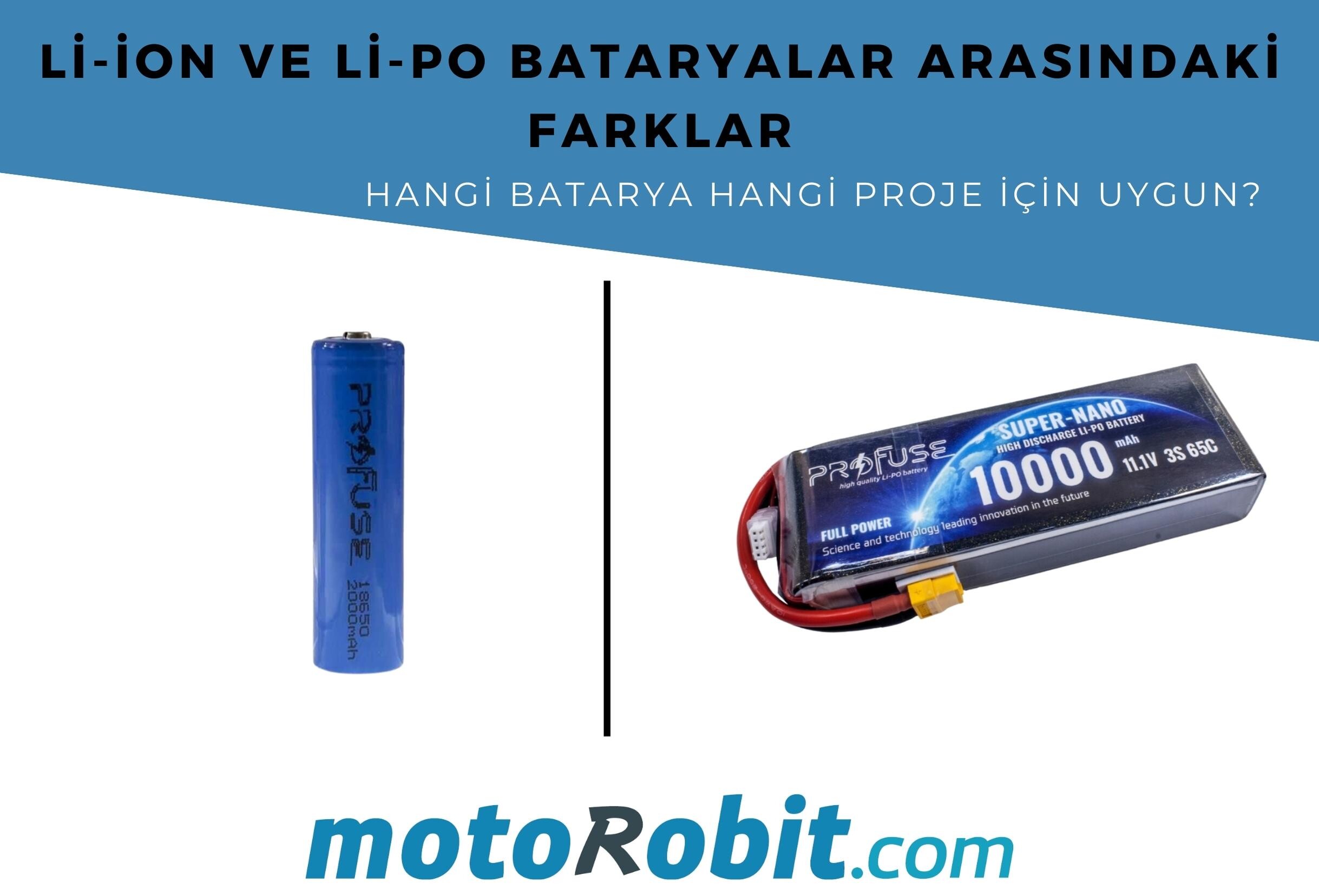
Differences Between Li-ion and Li-Po Batteries: Which Battery is Suitable for Which Project?
12.12.2025
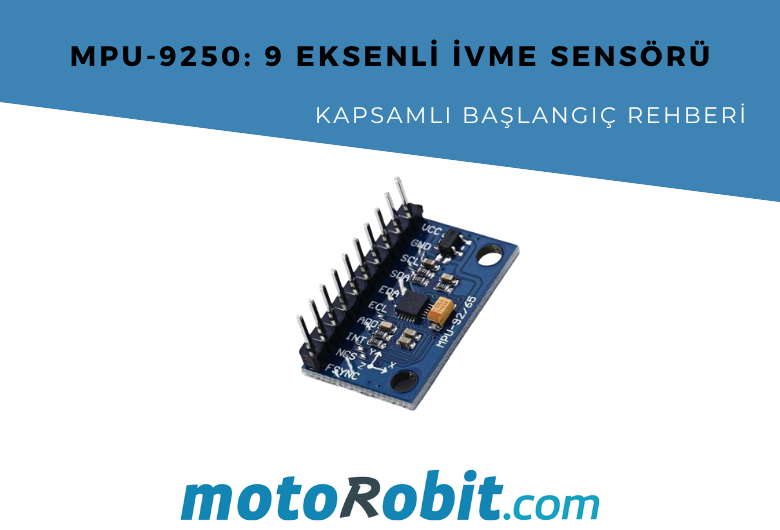
MPU-9250: 9-Axis Acceleration Sensor - A Comprehensive Beginner's Guide
28.10.2025

What is ULN2003 ?
13.10.2025
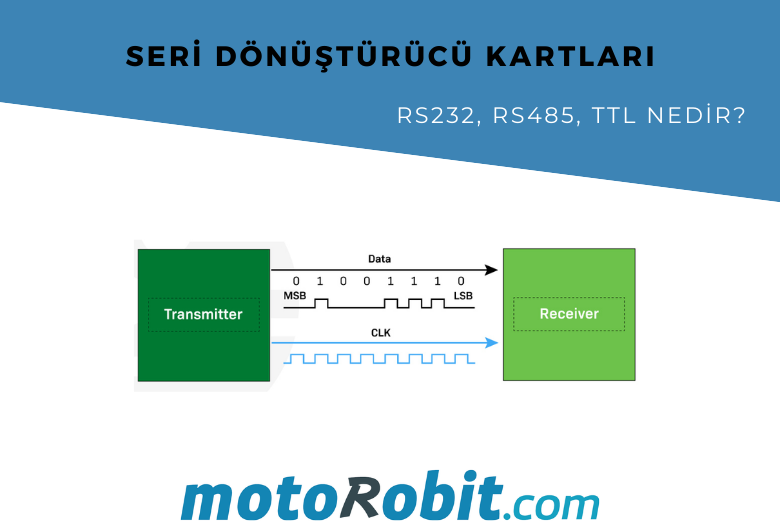
What are Serial Converter Cards (RS232, RS485, TTL)
16.09.2025
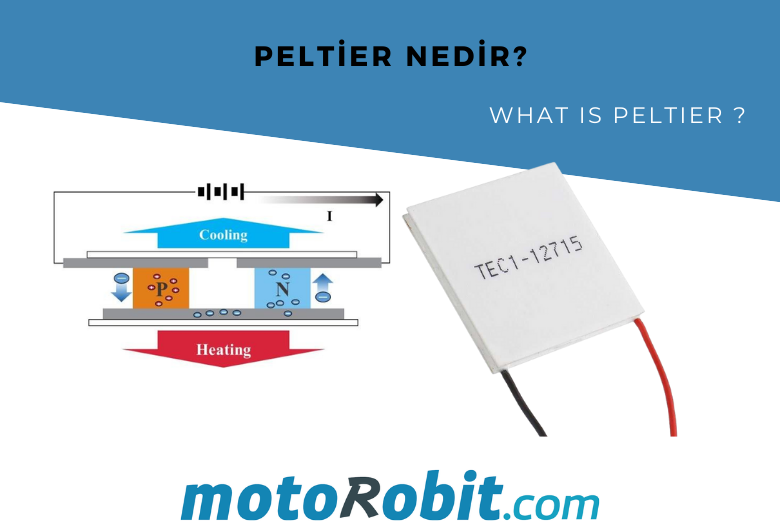
What is Peltier and What is its Working Principle?
30.08.2025

Arduino UNO vs Nano vs Mega – Which Should I Choose?
23.07.2025
.png)